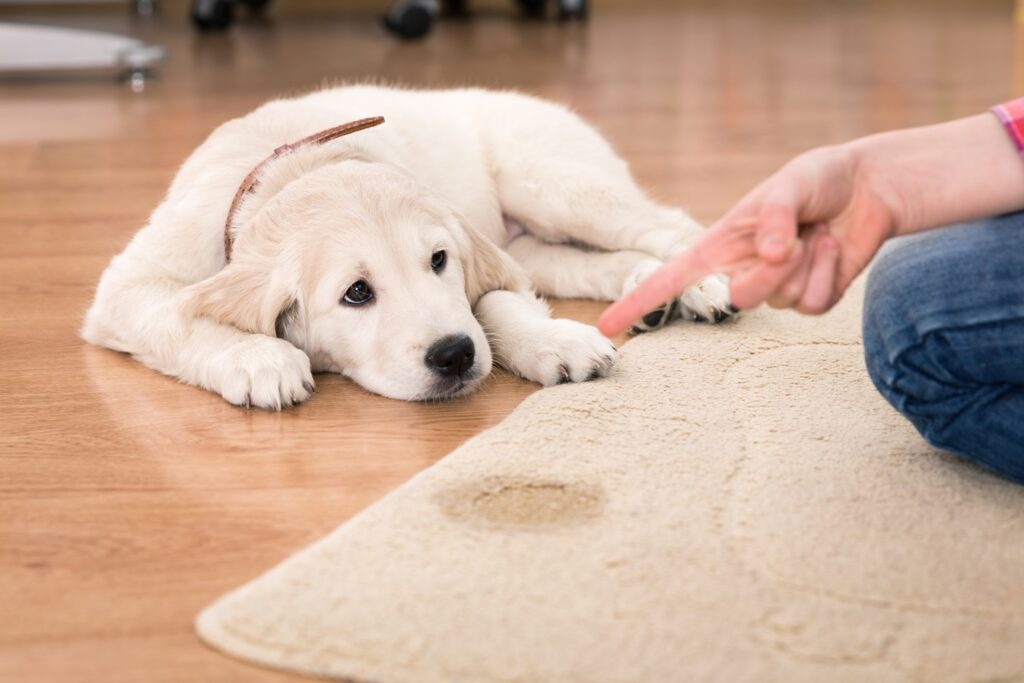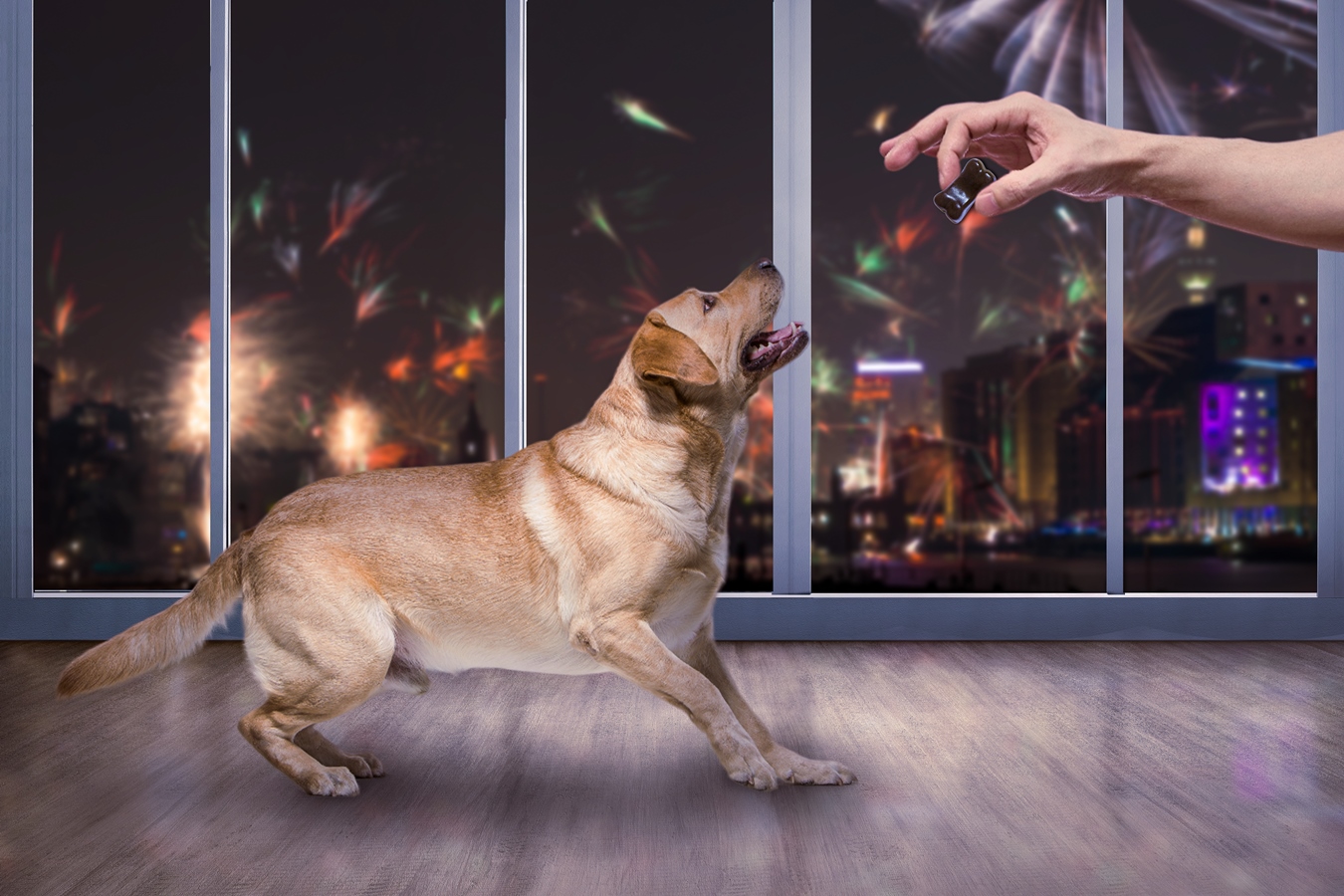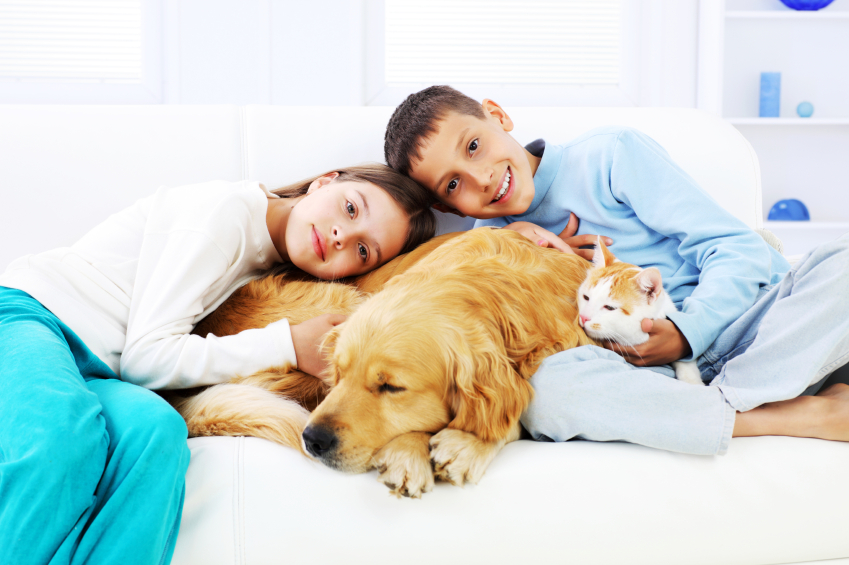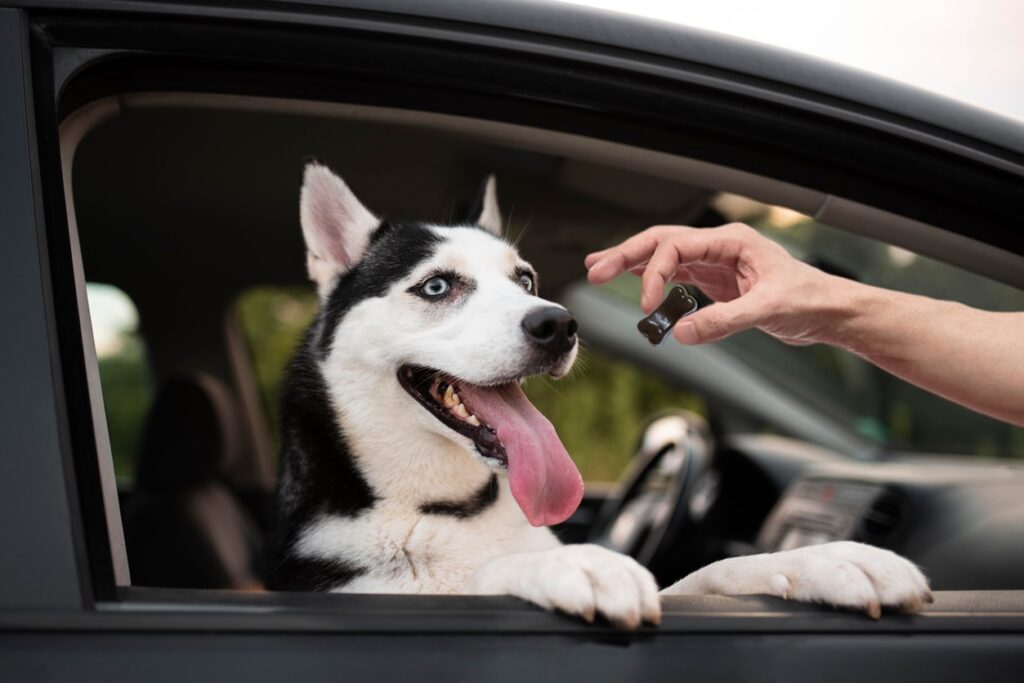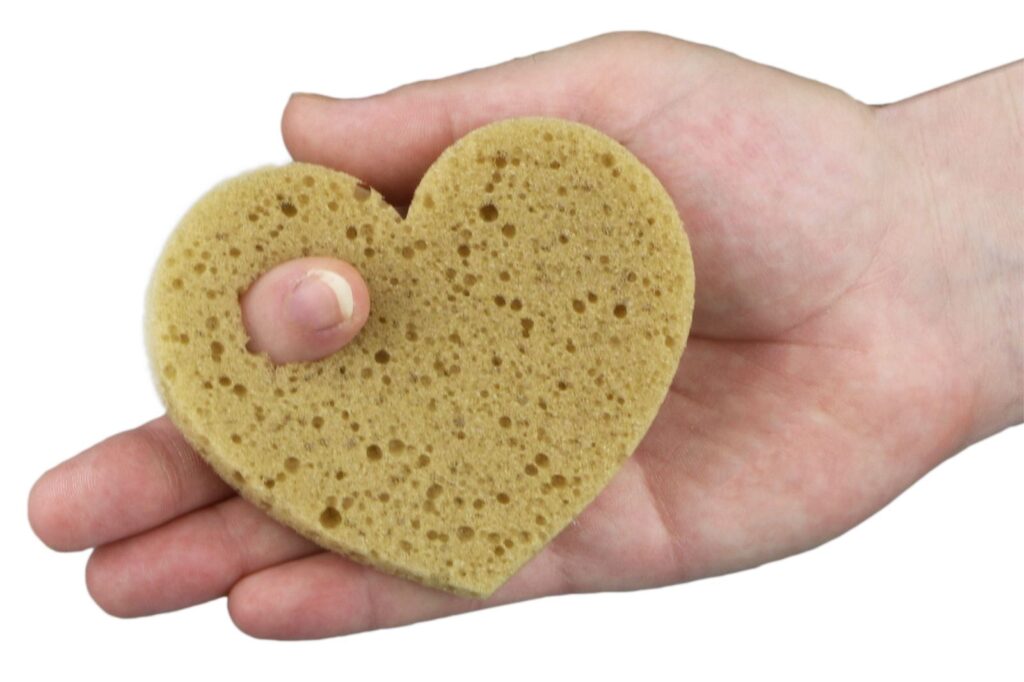Have you just brought home a puppy dog, and would you like to teach it to pee outside? Or maybe you have a cat that is already big and often gets into trouble? Getting dogs and cats used to not peeing indoors is possible, no matter how old they are.
Peeing in the house is common to pets of all breeds and sizes. Discovering its causes is therefore crucial to understanding how to end the problem once and for all.
Understanding the peeing habits of dogs and cats
When talking about the peeing habits of dogs and cats, one must necessarily talk about territorial marking: it is precisely marking that is at the root of many episodes of urinating along walls, on furniture or on new objects. Pets may pee on a new pair of shoes, as against a new coffee table, for several reasons. Firstly, by doing so, they mark that object as theirs. Also, if other pets live in the house, they initiate a kind of competition: by peeing on the sofa or on the cushion they have just brought home, or in the corner of the room, they create a kind of safe place of their own in which to take refuge.
Before attempting to stop territory marking, however, it is necessary to rule out other causes, starting with urinary tract problems and accidents.
Medical problems such as a bladder or kidney infection, metabolic diseases or age-related problems such as incontinence can cause house peeing episodes. When an infection causes urine, it is usually cloudy or blood-stained; if the animal has a metabolic problem such as diabetes, it will not only urinate in the house but will also drink often and vary its weight; if pee is often found near the litter box or in the place where it sleeps, the animal is likely to suffer from incontinence. Accidents, which are more frequent in young or untrained dogs and cats or those from a wild environment, are characterised by large puddles of urine in random areas of the house: the dog or cat empties its bladder entirely, sometimes even producing faeces.
The marking differs slightly from accidents and medical problems: your pet may urinate on the same objects all the time or in one place in the house, often with small amounts of urine. Dogs generally do this by squatting down for a few seconds or raising their paw, cats usually raise and wiggle their tail while spraying a small amount of pee.
If a medical problem causes the pet to pee in the house, the vet must be called in. If it is an accident due to the animal’s young age or lack of training, the animal must be educated to prevent it. More difficult is the job in the case of territorial marking.
How often do cats and dogs pee every day? Cats produce 1-2 ml of urine per kg of weight: they, therefore, pee 2-4 times a day. On the other hand, dogs as puppies have a hard time holding back. An adult dog pees about every 6 hours, a puppy more often.
How to solve the marking problem
An important help comes from the PP line to solve the marking problem.
PP Hurrà is a super-absorbent powder that quickly solidifies pee and other things, does not leave stains and makes the animal lose the habit of soiling: simply sprinkle PP Hurrà powder on the dog or cat’s droppings, wait a few seconds and remove with a broom or hoover to remove all traces.
StoPP is a 3-in-1 spray with the scent of Provence: the special natural bacterial cultures act as a disinfectant, eliminate unpleasant odours and act against stains, both recent and not.
WaterPProof is an original transparent finish for protecting all porous and compact surfaces (stone, concrete, walls in general, wood, etc.). It acts by repelling pee, water and dirt particles. The self-cleaning effect of the product is achieved through the use of nanotechnology.
How to get a dog used to not peeing in the house
You must create a routine to get your dog used to not peeing in the house. If it is a puppy, walk him outside when he wakes up, after eating, drinking, and before bedtime. Place a sleeper or a dog litter box in one area of the house and train him to use it. This way, when you cannot take him outside or when he is alone in the house, he will know where to do its business. In the beginning, propose that it go out to pee very often (even every two hours), and reward him with a treat when he has done so outdoors or on the sleeper or litter tray. Remember that you will need at least 6 months to educate a puppy.
Regardless of your dog’s age, keep an eye on the signals it gives you when it has to pee: it usually looks around eagerly, walks in circles and sniffs the corners of rooms to find out where to pee. If necessary, it may be helpful to introduce a word to be used only when you take him outside to pee, such as “quick” or “soon”.
Yelling at your dog if it pees in the house does not work unless you catch it in the act.
How to get a cat used to not peeing in the house
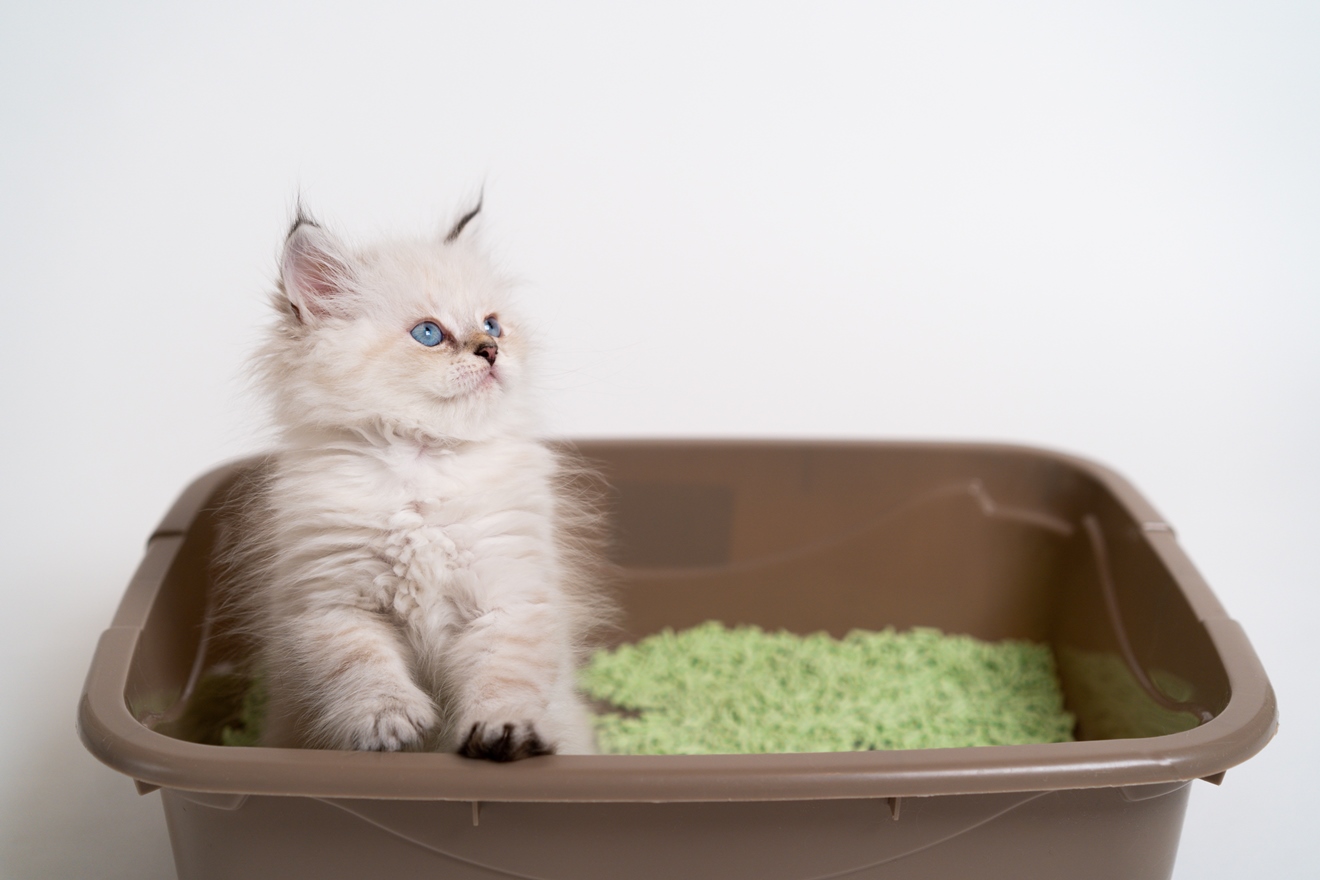
In general, cats are very clean and particular animals that tend to use the litter box or the garden for their needs. Of course, even the cleanest and most well-controlled cats may occasionally have some accidents. However, if this behaviour persists, it is important to try to establish the cause.
If peeing in the house is based on a need to mark territory, clean all areas where it has peed with alcohol, soap, and water (but do not use ammonia). Keep the litter box clean and place it in a convenient place away from the water and food bowls. As a last resort, use repellents to keep the cat away.
How to get an elderly dog or cat used to peeing outside
Unfortunately, as cats and dogs age, their brain function may start to decline, which may confuse them about where they should pee and subsequently push them to relieve themselves on the floor. In addition, reduced mobility may come into play. As your pet gets older, it may find it difficult or painful to move around: hence, the risk that it may prefer to pee in a place that is comfortable for him rather than reaching the litter box or the garden. The solution? Place several sleepers in the places in the house that he prefers to frequent.
Mistakes not to make when teaching an animal to pee outside
The first mistake to make is to give your puppy too much freedom: it is not enough to place a sleeper or a litter box inside the house to educate him. As soon as you bring him home, make sure he is always close to you: if you keep an eye on him, you can educate him more easily, whereas if you let him run around between rooms right away, he will necessarily leave puddles of pee around. As soon as you see him intent on peeing, firmly tell him ‘No’ and take him to the sleeper or litter box, or to the garden or the street. He may not be able to restrain himself at first, but at least he will realise that he has done something forbidden.
No matter how frustrating it may be to clean up his pee, shouting at the dog or cat for peeing around the house is wrong. When dogs hear loud voices, they get excited and stressed. Your puppy goes into a state of alertness if you shout at him, which is not conducive to training. If you catch him in the act, firmly tell him “no” and take him outside. Avoid getting upset if an accident happens: as dogs learn best through positive reinforcement, use this. On the other hand, a cat is unlikely to pee around: prepare its litter box and use the tricks discussed above to prevent it from marking its territory.

Mugue Marketing Manager.
I love new ideas and continually looking for new communication strategies to never stop learning, after all, “If you’re a good marketing person, you have to be a little crazy.” (Jim Metcalf).

